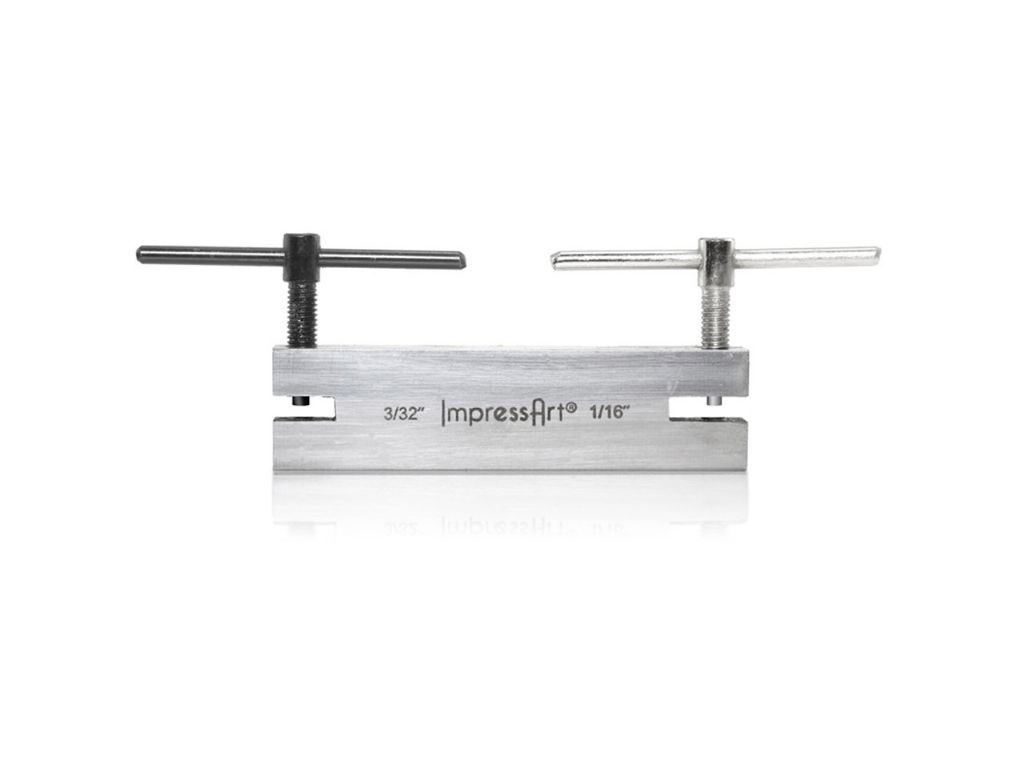Probably a question of what you can get away with rather than producing sooper-dooper tools with the best steel available.
Die and punch both have to be made of something harder and tougher than the metal being punched. Less obviously, the size of the hole, thickness punched and how long the tools are expected to last matter too. A manufacturer might expect to knock out many tens of thousands of holes in difficult material before seeing any wear. Making a suitable die and punch at home to meet a commercial requirement is all but impossible. Don't panic – provided not too many smallish holes are needed, it should be possible to get results.
Mild-steel, case-hardened or not, is unsuitable. It's too soft and plastic. The punch needs to be a close fit to the die, and banging mild-steel soon distorts it. Case-hardening improves the outer wear characteristic of mild-steel, but it's a thin skin that does nothing to stiffen up the insides.
Perhaps best that can be done in a home workshop is grinding blocks of HSS. This is both hard and tough – in a different league entirely from mild steel. Re-using HSS may be possible, but my experience of HSS twist drills is the shanks are much softer than the cutting end. If a shank can be cut or filed, I suggest it's not much good for making a punch. (But might be OK for a few small holes, why not try it.) As HSS is very difficult to heat treat properly (needs to be held close to the correct temperatures for hours), I doubt the soft form can be re-hardened at home – we don't have the necessary equipment.
Tool-steel is a good possibility. You could repurpose a Flymo blade, or old file, car spring, whatever; Tool steels can be softened in a forge, worked to shape whilst soft, and then re-hardened by quenching. The process is simple enough but the operator has to judge metal, temperature and time to get good results. Getting it wrong means the metal may not harden at all, get burnt, crack, or be left as brittle as glass. Skilled work, so practice needed.
Hurrah then for Silver Steel aka Gauge Plate. They are the same metal; Silver Steel comes in ground rods, Gauge Plate in ground slabs. Rods are good for punches, plate good for dies. Silver Steel arrives soft and fairly easy to work. Best of all, it's formulated to be very straightforward to heat treat. Heating to approximately the right temperature and holding for a short time with a blow-lamp before quenching in water or oil usually gets a good result. It's also straightforward to temper the hard item (increase toughness and reduce brittleness) in an ordinary domestic oven. The performance of hardened silver steel won't be the best possible, but it's still pretty good. I've successfully made small marking punches from it, not attempted a die / punch for making big holes in plate.
Dave
 Steviegtr.
Steviegtr.








